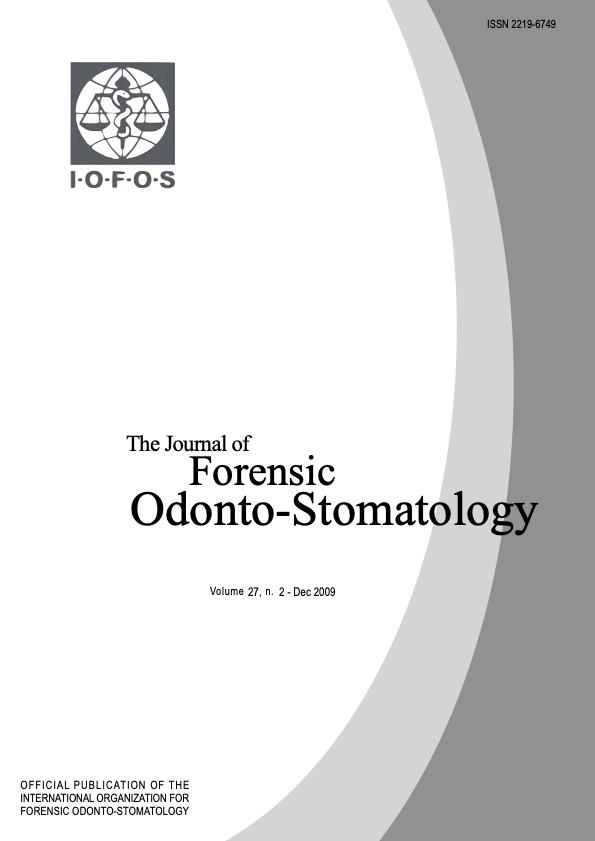Macroscopic and microscopic changes in incinerated deciduous teeth
Abstract
Teeth are amongst the most resilient elements of the human skeleton and are thus often utilised in routine forensic investigation involving the identification of unknown remains. Teeth exposed to thermal stress have the potential to not only aid in identification, but also in understanding the circumstances surrounding the fire. Children are twice as likely to become victims of house fire because of an inability to safely evacuate from areas of danger. The literature demonstrates, however, that research on the effects of incineration on teeth is mostly restricted to the permanent dentition. The apparent lack of knowledge on the effects of incineration on deciduous teeth thus necessitates further research in this area. To this end, this study aimed to relate colour changes that occur post heating with fragility to aid in proper handling of samples in a forensic scenario and to determine the possibility of identifying incineration temperature based on tooth condition.
A total of 90 deciduous teeth, extracted as a part of routine clinical treatment, were exposed to temperatures ranging from 100°C to 1100°C for 30 minutes using a laboratory Gallenkamp oven. Unheated deciduous teeth were used as controls for the project. Post-incineration the teeth were analysed under a stereomicroscope and SEM to assess the morphological changes. A colorimetric assessment was also undertaken to evaluate colour changes due to thermal stress. It was possible to identify incineration temperature based on tooth condition when the colour changes, stereomicroscopic findings and SEM images were utilised collectively. It was concluded that thermally induced changes in primary teeth occur at lower temperatures in comparison to the permanent teeth. It was also established that post-incineration deciduous teeth are fragile and show a tendency to fragment after minimal exposure to thermal stress.

